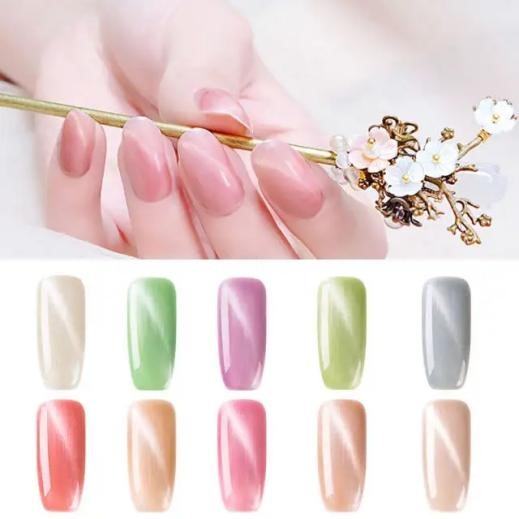(1) Low viscosity. UV curing is based on CAD model, and the resin is laminated layer by layer to form parts. After the first layer is completed, it is difficult for the liquid resin to automatically cover the surface of the cured solid resin, because the surface tension of the resin is greater than that of the solid resin. The resin level must be scraped and coated once with an automatic scraper, and the next layer can be processed after the level is leveled. This requires the resin to have low viscosity to ensure its good leveling and ease of operation. At present, the viscosity of resin is generally required to be below 600 CP · s (30 ℃).
(2) The curing shrinkage is small. The distance between liquid resin molecules is the distance of van der Waals force, about 0.3~0.5 nm. After curing, the molecules crosslink, and the intermolecular distance to form the network structure is converted into covalent bond distance, about 0.154 nm. Obviously, the distance between molecules decreases before and after curing. The intermolecular distance of an addition polymerization reaction will be reduced by 0.125~0.325 nm. In the process of chemical change, C=C becomes C-C, the bond length increases slightly, but the contribution to the change of intermolecular interaction distance is very small. Therefore, volume shrinkage after curing is inevitable. At the same time, before and after curing, disorder becomes more orderly, and volume shrinkage also occurs. This is very unfavorable to the shrinkage molding model, which will produce internal stress and easily lead to deformation, warpage and cracking of the model parts., And seriously affect the accuracy of parts. Therefore, the development of low shrinkage resin is the main problem faced by SLA resin at present.
(3) The curing speed is fast. Generally, the thickness of each layer is 0.1~0.2 mm, which can be solidified layer by layer during molding. It takes hundreds to thousands of layers to solidify a finished part. Therefore, if the solid is to be manufactured in a short time, the curing rate is very important. The exposure time of the laser beam to a point is only in the range of microseconds to milliseconds, which is almost equivalent to the life of the excited state of the photoinitiator used. The low curing rate not only affects the curing effect, but also directly affects the working efficiency of the molding machine, so it is difficult to apply to commercial production.
(4) Low expansion. In the process of mold forming, the liquid resin always covers the cured part of the workpiece and can penetrate into the cured part, making the cured resin expand, resulting in the increase of the part size. The accuracy of the model can only be guaranteed if the swelling of the resin is small.
(5) High sensitivity. Because SLA uses monochromatic light, the wavelength of photosensitive resin and laser must match, that is, the wavelength of laser should be as close as possible to the maximum absorption wavelength of photosensitive resin. At the same time, the absorption wavelength range of photosensitive resin should be narrow, which can ensure that curing only occurs at the point of laser irradiation, thus improving the manufacturing accuracy of parts.
(6) High degree of curing. It can reduce the shrinkage of the post-curing molding model, thus reducing the post-curing deformation.
(7) High wet strength. High wet strength can ensure that the post-curing process will not produce deformation, expansion and interlayer peeling.
Post time: Mar-28-2023













